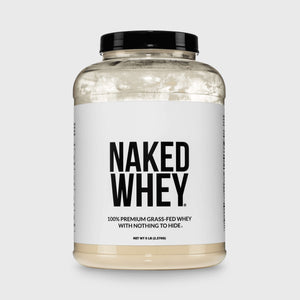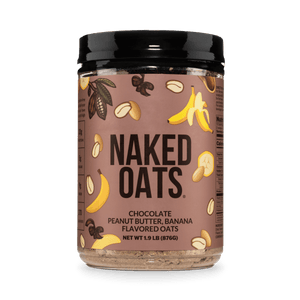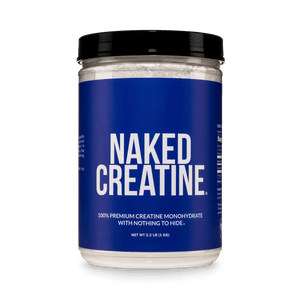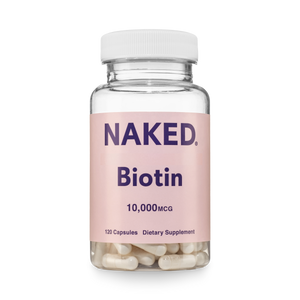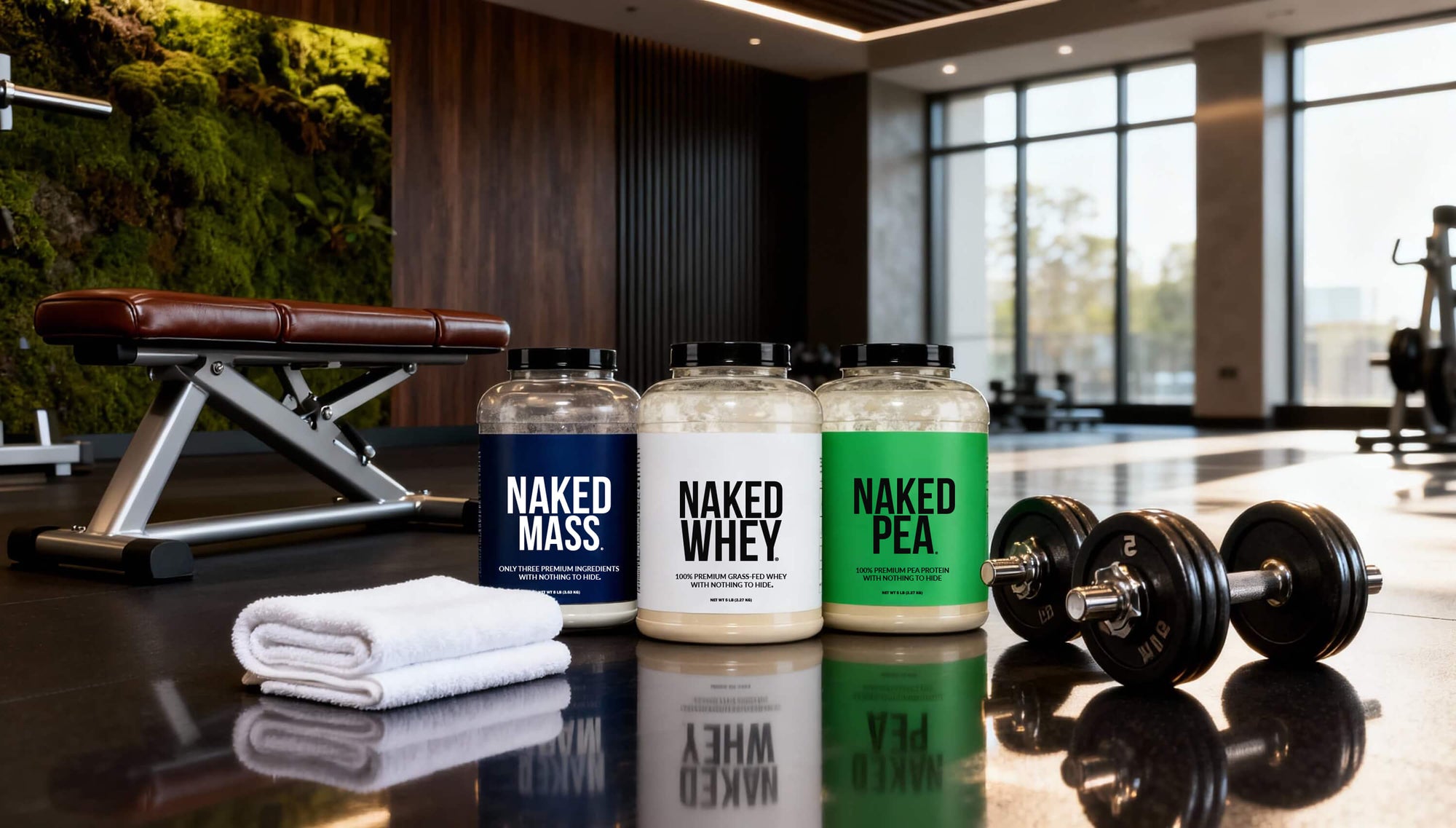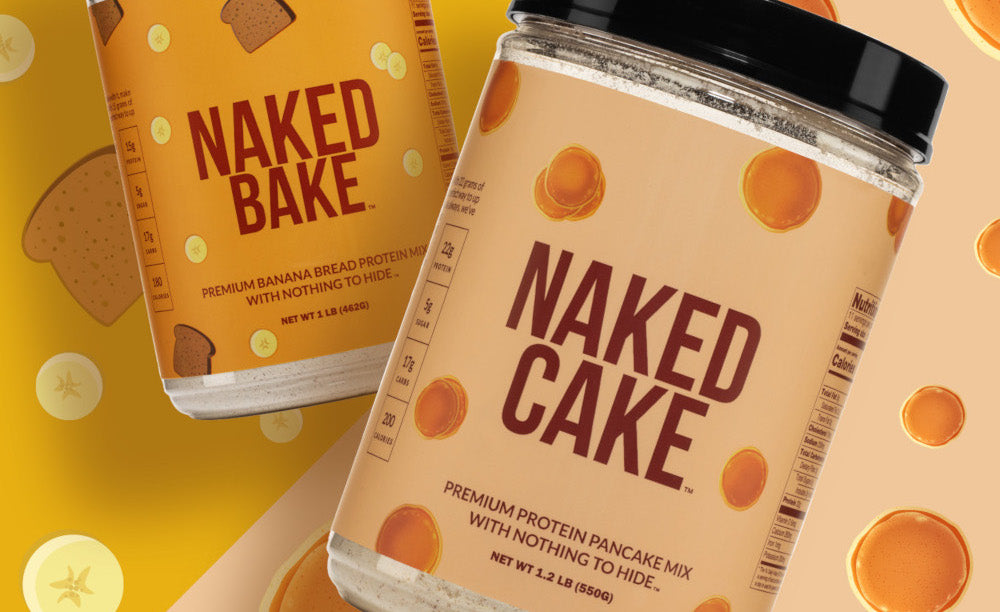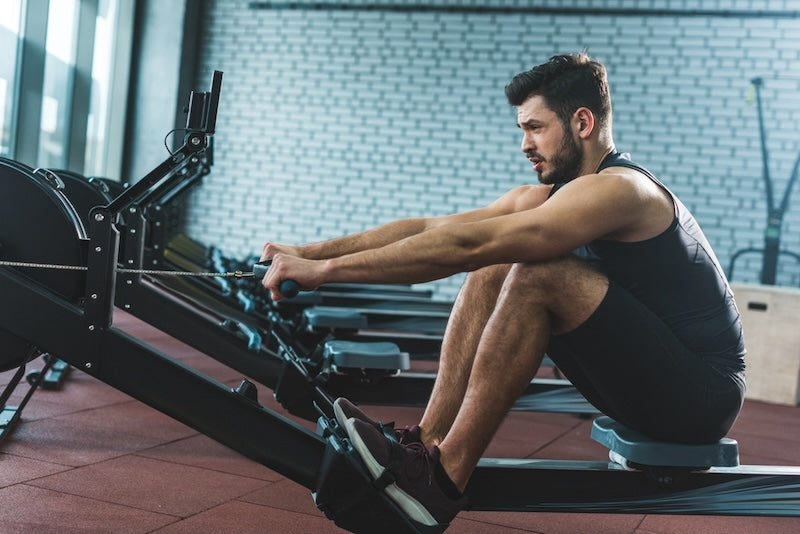You’ve heard everyone tell you that cardio is good for you; and finally, you’ve decided it’s time to start.
They’re right. Cardio is great for you, whether you want to lose weight, gain more energy, or just improve your overall health and wellbeing.
And the good news is that it’s not that difficult to get started. You don’t need to start by running five miles every day or doing hill sprints. There are plenty of beginner-friendly ways to develop better cardiovascular fitness.
Keep reading and we’ll share our top exercises (plus some additional tips) to help beginners start training cardio the right way.
Why Everyone Should Do Cardio

You may not like cardio. Perhaps you’ve just started out, and find cardio exhausting.
Or perhaps you’re working out primarily for muscle growth, and you don’t want to dedicate part of your workout to exercises that aren’t designed to help you grow big pecs and biceps.
But everyone should do cardio. There are just too many benefits to ignore it.
Cardio:
-
Strengthens your heart
-
Reduces risk of chronic diseases
-
Improves lung capacity
-
Improves stamina and energy levels
-
Boosts circulation
-
Enhances mental health
-
Strengthens your immune system
-
Burns fat
-
Supports bone and joint health
You’re not going to lose your gains if you do 15 minutes of cardio before or after lifting weights. And if you’re new to working out, and feel like cardio is torture, just know that the benefits are worth it.
What Counts as Cardio?
Realistically, any kind of exercise that increases your heart rate helps boost cardiovascular function.
Lifting weights and yoga have cardiovascular benefits – maybe not as much as running or cycling, but still more than sitting on the sofa.
But generally, we can think of “cardiovascular exercise” as any activity that raises your heart rate and keeps it elevated for a sustained period, particularly if that’s the primary goal of the exercise.
When you realize just how many exercises, or even everyday activities, count as cardio, you’ll see how easy it is to start a healthy habit of cardiovascular exercise.
Get Started With These 10 Fun and Engaging Sports to Shake Up Your Cardio

Running, cycling, jump rope and HIIT are just a few examples of effective cardio exercises.
However, if you’re not ready for high-intensity cardio, that’s totally fine. There are so many ways to slowly build up your fitness and condition your body, that don’t require a high level of fitness, and that don’t put a ton of stress on your joints.
Just pick from one of these exercises (or mix it up if you want) and start building the habit that will lead to a healthier and more active life.
1. Pickleball
Pickleball is a fast-paced, engaging racquet sport that combines elements of tennis, badminton, and ping-pong. It’s an enjoyable way to get your heart pumping while building agility and coordination, all in a fun, social setting.
2. Squash
Squash is an intense indoor sport that delivers rapid, high-intensity bursts of cardio. The quick movements and fast-paced rallies not only boost your heart rate but also improve speed and reflexes in a competitive, energetic environment.
3. Rowing Machine
The rowing machine offers a full-body workout that effectively increases cardiovascular endurance without stressing the joints. Its rhythmic strokes help build strength and stamina while providing a low-impact yet highly efficient cardio session.
4. Indoor Cycling
Indoor cycling, whether through spin classes or a stationary bike, offers a high-energy workout that’s both engaging and effective. The variety of resistance levels and group motivation make it a dynamic way to improve endurance and cardiovascular health.
5. Cross-Country Skiing
Cross-country skiing delivers an invigorating outdoor workout that is both low-impact and highly effective for building endurance. It engages multiple muscle groups simultaneously while offering the added bonus of scenic, refreshing winter landscapes.
6. Ice Skating

Ice skating provides a playful cardio workout that enhances balance and agility on the ice. The continuous gliding motion keeps your heart rate up and transforms exercise into an enjoyable, social winter activity.
7. Indoor Swimming
Indoor swimming offers a full-body, low-impact exercise that is excellent for boosting cardiovascular fitness. The steady, rhythmic strokes help build endurance and strength while providing a refreshing and soothing workout.
8. Elliptical Training
Elliptical training delivers a smooth, controlled workout that simulates running with less impact on your joints. This versatile exercise machine targets both upper and lower body muscles, offering a consistent cardiovascular challenge that’s easy to adjust.
9. Stair Climbing
Stair climbing is a straightforward yet powerful cardio exercise that strengthens the lower body while elevating your heart rate. Whether using actual stairs or a stair machine, it’s a simple way to improve endurance and boost overall fitness.
10. Dance Fitness Classes
Dance fitness classes mix high-energy music with fun, choreographed routines to deliver a vibrant cardio workout. These sessions not only elevate your heart rate but also improve coordination and mood, making exercise feel more like a celebration.
Extra Tips for Effective Cardio Workouts for Beginners

If you’re just starting out with cardio, take these tips on board as well to maximize the benefits and hopefully build a long-term fitness habit.
Start slow
There’s no need to train for the Olympics right away. Don’t feel any shame in starting slow, whether it’s a slow walk on the treadmill or a casual row. It’s better to start light, and gradually increase the pace over time, than burn yourself out by trying to go too hard too fast.
Pick an exercise you like
While we can debate over what the “best” cardio exercise is, the real answer is whichever exercise you find it easiest to stick with.
Don’t think you have to run, or you have to use the elliptical, even if you hate it. Prefer dancing? Swimming? Boxing? No problem. Do what’s most likely to keep you motivated.
Stay hydrated
Cardio is sweaty work, especially when you’re not used to it. Make sure you drink plenty of water, and replenish your electrolytes after a tough workout.
Be consistent
The most important piece of advice is to be consistent.
One or two days of intense cardio won’t make much of a difference. But a short, light cardio session, done every day, will.
It’s much more important to be consistent and build a long-term habit than to go as fast and as hard as you can over a short space of time. Make this your primary goal. Even if it doesn’t feel like you’re working out that hard, consistency will always deliver results.
